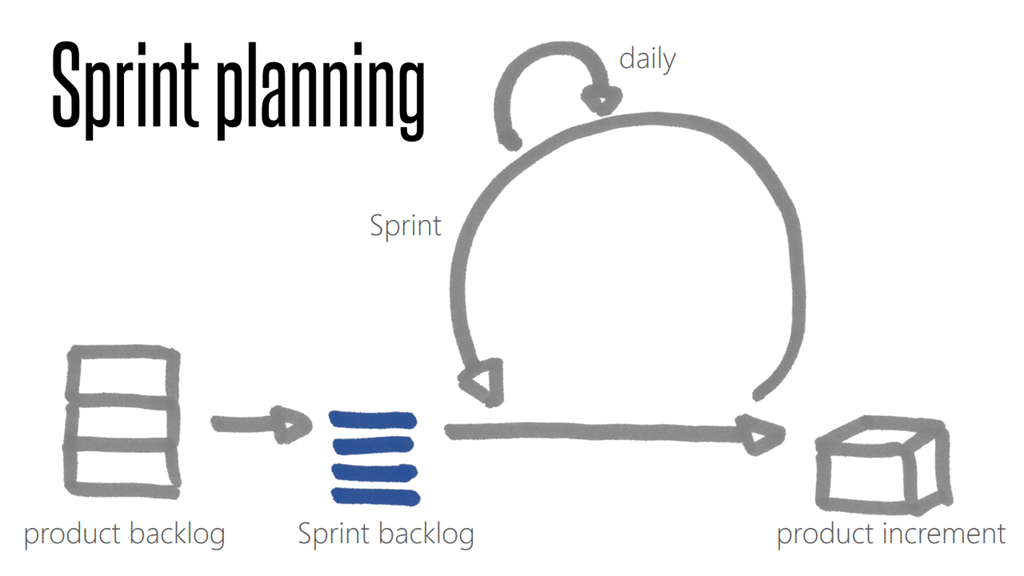Effective Capacity Planning on the Scrum Team

Table of Contents
Effective Capacity Planning
As you might know, Scrum is a process of the agile framework that contributes to easy work management. You initially used this approach for software development. Still, this methodology is being explored for further study and state-of-the-art technology over the years. This plan is intended primarily for groups composed of 10 or a few participants who can easily split their work into targets. They need to accomplish it in a fixed period that is no longer than two weeks or one month.
In short, this method helps to divide the workflow into smaller areas so that the team can achieve objectives in a predetermined time frame. Therefore, the Scrum team needs capacity planning.
Why worry about what it is and how to do it? Calculate your team capacity, improve your capacity planning and become an excellent Certified ScrumMaster® (CSM) with a proper CSM certification training course.
Besides the course, still, many people are asking how to do capacity planning on the Scrum effectively? Here are a few hints that will support those who can deliver the best results from their workflow.
What is Capacity Planning?
Capacity-based sprint planning, also known as Commitment-based Sprint planning, builds on (in hours) the team’s sprint capacity and aims to efficiently meet the capacity without overloading and committing the team members. Scrum Master, Product Owner, and all Development Team members are part of a capacity-based sprint planning. The best approach to sprint planning is capacity-based planning due to the following three main reasons.
- Depending on holidays, leaves, or other obligations, team capacity can vary from one Sprint to another. Each Sprint is therefore not an average sprint.
- Story points and velocity are two significant metrics for calculating the release dates over many sprints. However, underpinning the story points is necessary to prepare the details of a two-week sprint. When you look at the hours, they are short and valuable enough to estimate complex tasks.
- Lastly, user stories allow the development team and the product owner to look in-depth at each story in the Sprint Planning to create a shared understanding of the end product.
A team contributes to one product backlog item at a time in capacity-based sprint planning, estimates approximately the tasks involved, and completes the job when the Sprint is complete.
The team’s dedication mustn’t be considered a guarantee while planning a capacity-based sprint. Involvement can be seen as the determination of teams to do their best here. Teams will potentially perform at their maximum level 80% of the time. That way, companies obtain the confidence of in what time they can produce their goods.
When to do Capacity Planning?
A Scrum Team will determine capacities before the sprint planning with the support of the Scrum Master. The best time is before the Sprint for any particular sprint. The resource’s vacation plan or ceremony time can be better visible.
If the team uses an ALM tool, the Scrum Master team can update their time available, allowing them to understand how their capacity is calculated. The Scrum Master can arrange a rapid 30-minute meeting with the team and get the capacity calculated and upgraded accordingly before the Sprint planning takes place.
How to do Capacity Planning?
Capacity Planning – Significance:
Capacity planning is an effortless technique that can help you calculate and schedule your workflow capacity. Also, here is a step-by-step guide to achieve desired objectives on time.
Compute the sprint duration:
- It is required to identify the starting day and end day of the Sprint to calculate the Sprint duration.
- We presume that the sprint period is two weeks in this particular case.
Calculate members’ availability:
In this particular case, we assume that there are seven members (three testers and four developers) to clarify the concept of capacity.
Now, specify the percentage of the work allocation:
- We assume all participants are allocated to the scrum team in this particular case.
- It is also possible that a member will be assigned to two scrum teams. It is also necessary to identify a specific member.
Calculate the standard working hours:
- Suppose we presume that each member would have a maximum allocation of up to 8 hours per day. For ten days Sprint, the maximum capacity will then be 520 hours for the entire team with 52 working hours per day.
- To say, every member has 80 hours for ten days.
Now, additional factors to consider:
The other factor involves team vacation, member’s work, and the specific member’s working hours.
Consider other works that may impact the time allotted:
These works can involve meetings or ceremonies for Agile.
What is the focus factor?
It is necessary to plan to work efficiently and meetings to achieve the defined target to get over unplanned losses.
In general, the project managers expect to carry out a project for 6-6.5 hours per day. Thus, focus factors are nothing more than the teams’ capability to focus without distractions on sprint goals. When you multiply total capacity by a focus factor, you can get the ‘real capacity.’
These factors are all calculated and taken into consideration in the right way. In that case, the team can easily calculate the Sprint capacity and achieve the desired result within the optimal timeframe. They may also prepare and work efficiently on Scrum teams’ Capacity Planning Worksheet.
It is, therefore, a simple approach to follow and deliver the best outcomes in the expected capacity planning process.
What is the result of Capacity-based Sprint Planning?
The result of the capacity-based Sprint Planning meeting is Sprint Backlog. It is nothing more than a list of items that the team sends to deliver, plus a list of tasks required to provide these backlog items. Moreover, each task is generally calculated on the Sprint backlog.
Endnote
Capacity Planning lets the team measure the team’s bandwidth to allocate and carry out user stories. Especially if you estimate the committed user stories’ capacity by the hours and map them with the individual capacity and their estimated time in hours is the output.






